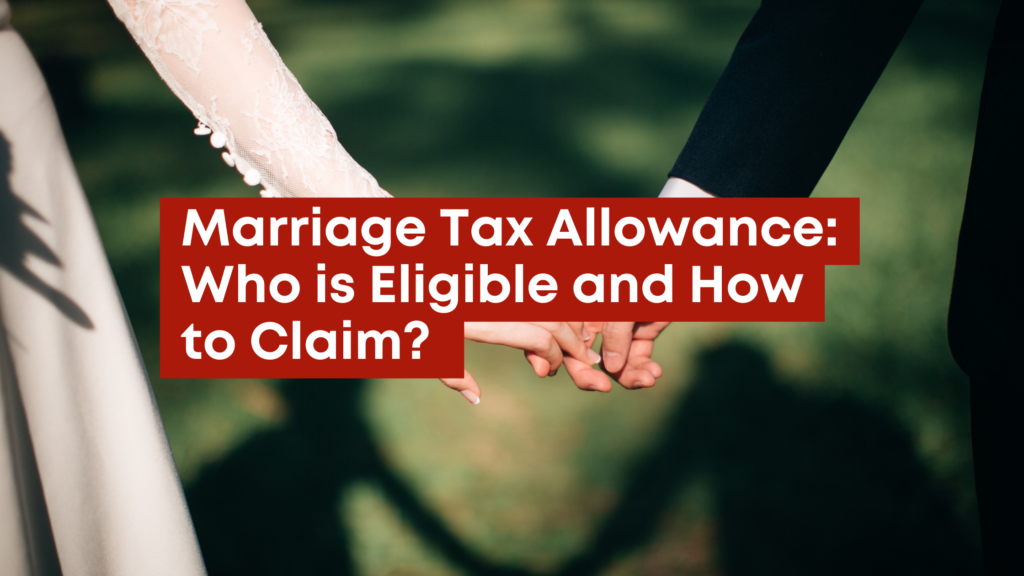In the UK construction industry, gross payment status under the Construction Industry Scheme (CIS) means contractors pay subcontractors the full invoiced amount without deducting tax (usually 20% or 30%) at source, improving subcontractors’ cash flow and reducing administrative work related to tax deductions. This status makes tax processes easier for both contractors and subcontractors and improves working relationships with contractors by ensuring full payment without tax deductions
In this blog, we’ll guide you through the step-by-step process for applying for Gross Payment Status and how to maintain it for continued success.
Who Can Apply for Gross Payment Status?
Not all businesses are eligible for gross payment status under the CIS. To apply, businesses must meet several key criteria, including:
- Business Test: The business must be based in the UK, involved in construction work or providing labour for it, and run through a bank account.
- Turnover Test: The business must have the following net construction turnover (excluding VAT and materials) in the last 12 months:
- £30,000 for a sole trader.
- £30,000 for every partner in a partnership, or a total of at least £100,000 for the entire partnership.
- £30,000 for each director of a company, or a minimum of £100,000 for the company as a whole company.
- Compliance Test: The business must have its tax affairs up to date, including:
- Self-assessment tax returns.
- Corporation tax returns (for companies).
- PAYE and National Insurance contributions.
- CIS returns.
If your business qualifies under these criteria, you can easily apply for gross payment status through the HMRC online portal by completing the CIS302 form.
Need Expert Accounting for Your Construction Business?
Chat with our accountant today
Book an AppointmentLearn MoreStep-by-Step Guide to Applying for Gross Payment Status Under CIS
Step 1 – Review the Requirements
Before submitting your application, make sure that your business meets the eligibility criteria. HMRC will assess your compliance history, including past tax returns, payments, and overall financial health. Examine your financial documents, including tax returns and business records, to ensure they demonstrate your eligibility. For more details, check out our article on CIS tax rates for UK subcontractors.
Step 2 – Gather the Necessary Documents
Gather the required documents for the gross payment status application. This includes your financial records, proof of business details, and compliance documents. Ensure that everything is organized to avoid delays during the application process.
Step 3 – Complete the Application Form
Visit the HMRC website to complete the application form for Gross Payment Status. Depending on your business structure, you will need to use one of the following forms:
- Sole Traders: Use CIS302.
- Partnerships: Use CIS304.
- Limited Companies: Use CIS305.
Make sure you fill out the form accurately and include any supporting documents.
Step 4 – Submit the Application
Once the form is completed, submit it through HMRC’s online portal. Verify all details carefully to avoid any errors that could cause delays in processing. You will be notified of the decision once the application is reviewed. Processing times may vary, so check the expected timeframes on the HMRC website.
Step 5 – Await HMRC’s Decision
HMRC will review your gross payment status application and inform you of their decision. If approved, you will receive Gross Payment Status, meaning you will no longer have tax deducted at source for payments received. If your application is rejected, HMRC will provide reasons for the decision. You may need to address the issues and reapply.
What Happens After You Apply for Gross Payment Status?
After submitting your application, HMRC will review it and notify you of the outcome. The decision is typically communicated via mail or email. If your gross payment status application is declined, you can either appeal the decision or resolve the issues raised by HMRC.
HMRC conducts an annual review of businesses with gross payment status to ensure they continue to meet the eligibility criteria. Stay proactive by keeping financial records updated and maintaining compliance with tax regulations. Failure to comply may result in the loss of gross payment status.
How to Maintain Your Gross Payment Status
To keep your Gross Payment Status under the CIS, your business must continue to meet HMRC’s requirements. Failing to do so can lead to your status being reviewed or removed.
- Timely Tax Payments: Ensure that all tax returns and payments, including Self Assessment, Corporation Tax, PAYE, National Insurance, and VAT, are submitted and paid on time.
- Annual Review: HMRC conducts an annual review to check if you are still compliant. If there are any issues, you will be notified, and you have 30 days to appeal if necessary.
- VAT Compliance: Complying with VAT obligations is now a requirement to maintain your Gross Payment Status. Non-compliance with VAT could result in losing the status
- Accurate and Up-to-date Records: Ensure your financial records and business information are accurate and up to date. HMRC may request these records during their annual review, and failure to provide them could impact your status
- Notify HMRC of Changes: If there are any significant changes to your business, such as a change in business structure, address, or contact details, please notify HMRC promptly.
Applying for Gross Payment Status under CIS can offer significant advantages for your business, particularly in terms of managing cash flow. A successful application ensures your business receives payments in full, without tax deductions at source, making it easier to manage financial operations.
If you face any issues or have questions, consult with our expert accountant and book a free consultation to help with your application and maintain your status.





